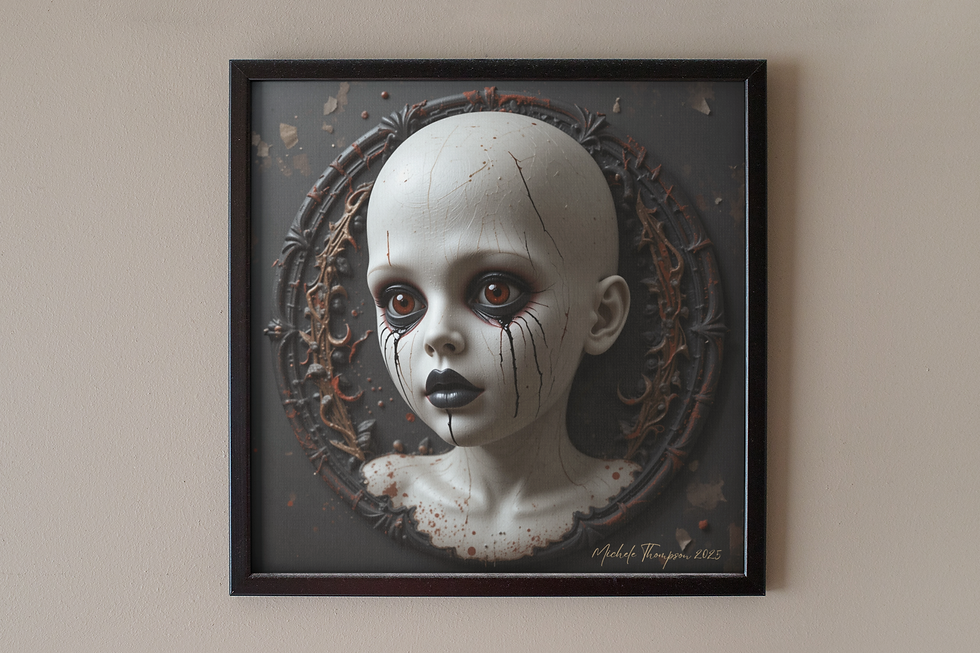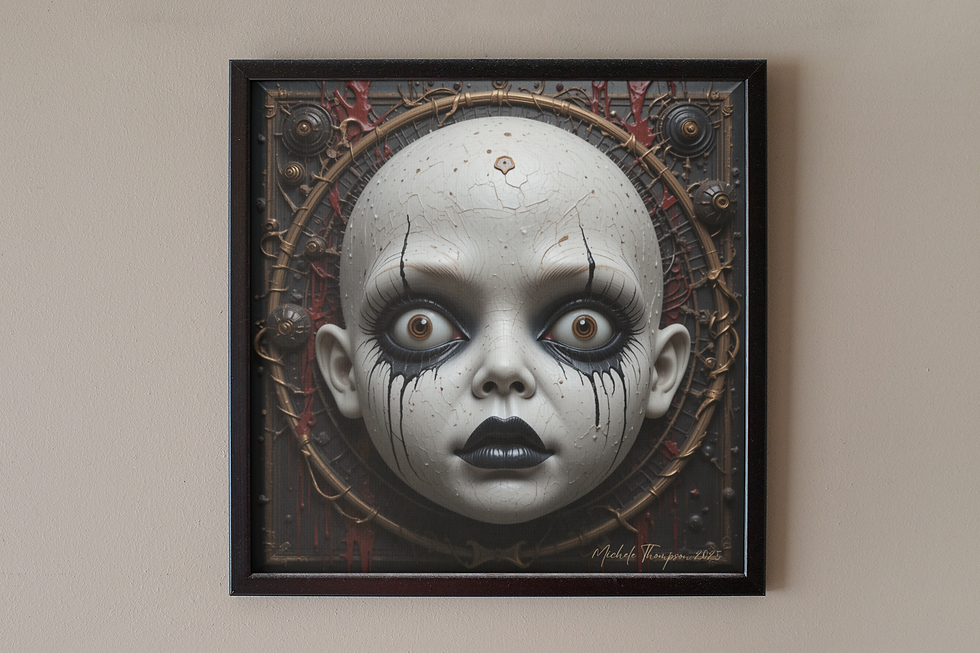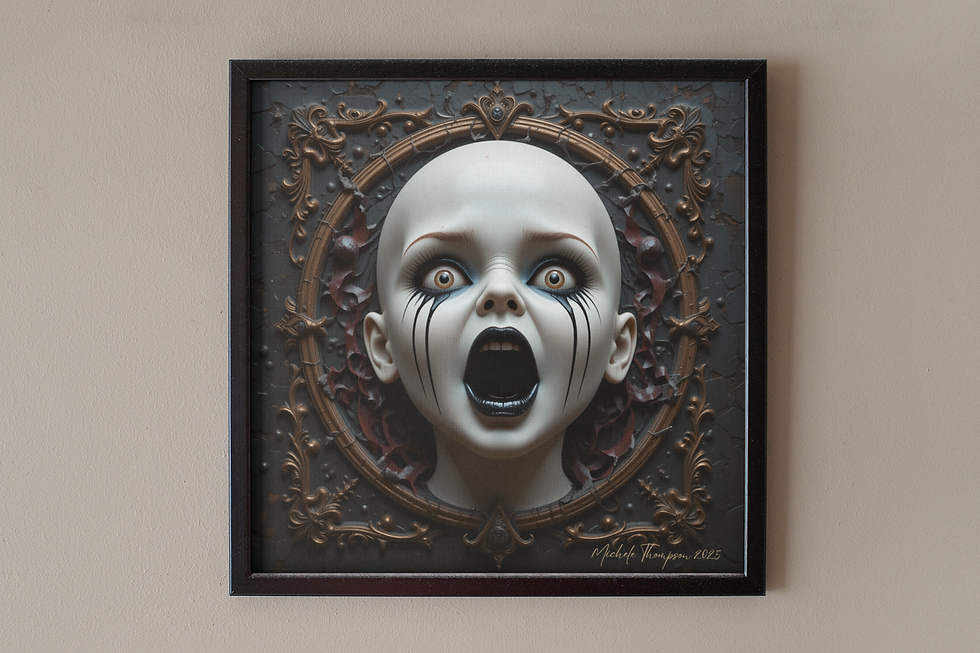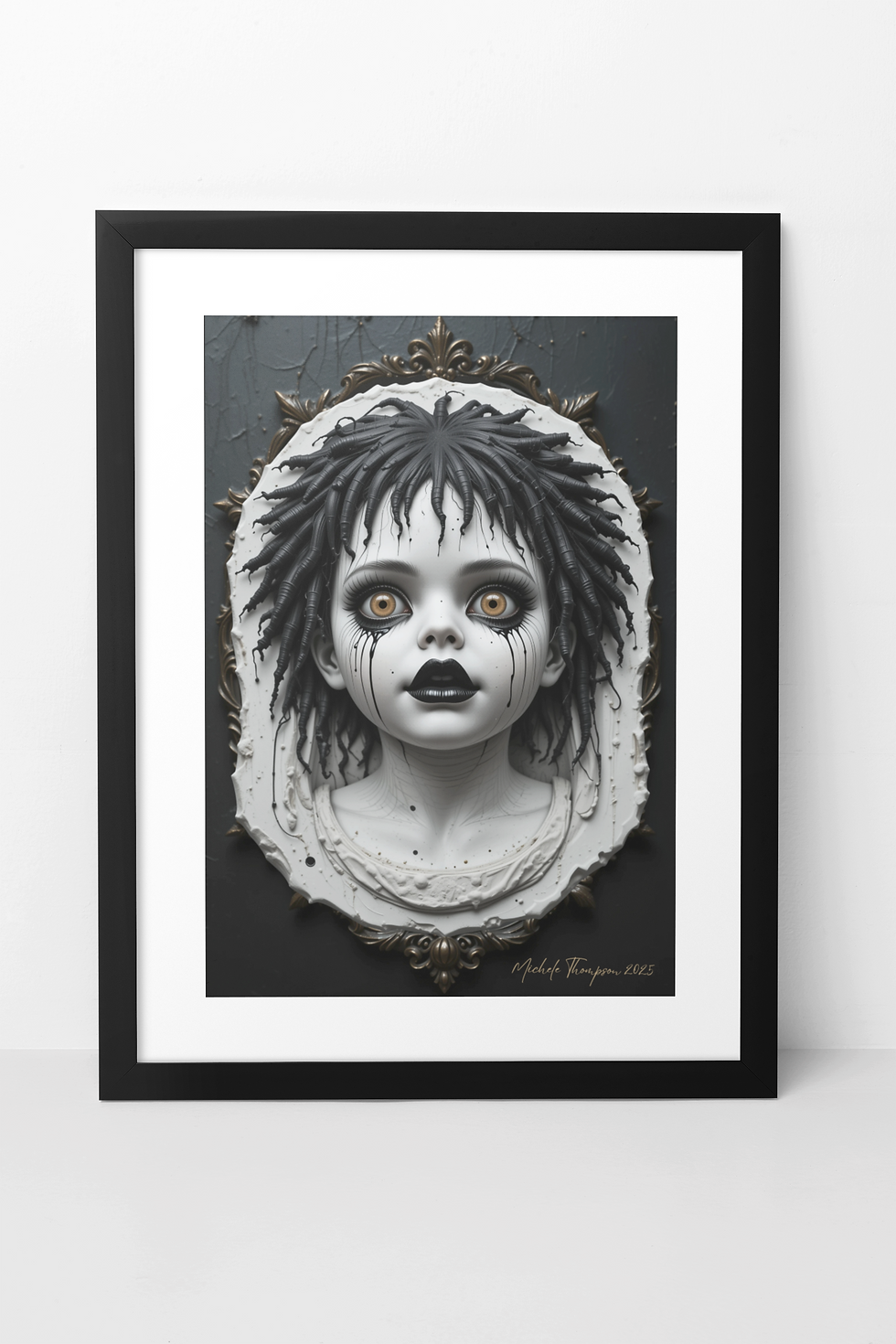The Art of Tarot Reading: Purpose, History, and Choosing the Right Spread (Part 1 of 3)
- Michele Thompson
- Aug 6, 2024
- 5 min read
Updated: Aug 8, 2024

The Art of Tarot Reading: Purpose, History, and Choosing the Right Spread (Part 1 of 3)
Tarot reading is an ancient practice that offers insights into personal and spiritual questions through the interpretation of Tarot cards. This art combines intuition, symbolism, and a deep understanding of human nature to provide guidance and reflection. In this first part of a three-part series, we will delve into the purpose and history of Tarot reading and offer a guide on selecting the appropriate Tarot spread for your readings.
Understanding the Purpose and Art of Tarot Reading
Tarot reading serves multiple purposes, from personal reflection to spiritual guidance. Here are some of the key reasons people turn to Tarot:
Self-Discovery: Tarot can help individuals explore their inner thoughts, feelings, and motivations. The cards act as mirrors, reflecting the subconscious mind and aiding in self-awareness.
Decision Making: By providing different perspectives and uncovering hidden factors, Tarot readings can assist in making informed decisions.
Spiritual Growth: Many use Tarot as a tool for spiritual development, gaining insights into their life’s path and purpose.
Problem Solving: Tarot readings can offer solutions or new approaches to challenges by highlighting potential outcomes and hidden influences.
Personal Empowerment: Understanding the messages of Tarot can empower individuals to take control of their lives, make positive changes, and face challenges with confidence.
A Brief History of Tarot Reading
The origins of Tarot are shrouded in mystery, with various theories about its beginnings. Here is a concise history of how Tarot evolved into the practice we know today:
Early Beginnings:
14th Century Europe: The earliest known Tarot cards appeared in Italy during the 14th century as a card game called Tarocchi. These cards were not initially used for divination but as a form of entertainment for the nobility.
Evolution of Tarot for Divination:
18th Century: The transition from a game to a divination tool began in the 18th century. French occultist Jean-Baptiste Alliette, known as Etteilla, was one of the first to publish a Tarot deck specifically designed for divination.
19th and 20th Centuries:
The Rider-Waite Deck: Created by A.E. Waite and artist Pamela Colman Smith in 1909, the Rider-Waite deck popularized Tarot and remains one of the most widely used decks today.
Aleister Crowley and the Thoth Deck: In the 1940s, Aleister Crowley and artist Lady Frieda Harris developed the Thoth Tarot, known for its rich symbolism and esoteric themes.
Modern Day Tarot:
Today, Tarot is a widely recognized tool for personal and spiritual development. With a vast array of decks and interpretations, it continues to grow in popularity and diversity.
Choosing the Right Tarot Spread
Selecting the appropriate Tarot spread is crucial for obtaining clear and relevant insights. Different spreads are suited to various questions and situations. Here is a guide to some commonly used Tarot spreads and how to choose the right one for your needs:
1. One-Card Spread
Purpose: Quick insights, daily guidance
How to Use: Draw a single card to gain immediate clarity on a specific question or to set the tone for your day.
2. Three-Card Spread
Purpose: Past, present, future; situation, action, outcome
How to Use: This versatile spread can be adapted to various questions. Typically, the first card represents the past, the second the present, and the third the future.
3. Celtic Cross Spread
Purpose: Comprehensive analysis of a situation
How to Use: One of the most detailed and complex spreads, the Celtic Cross provides an in-depth look at a situation, including external influences, challenges, and potential outcomes. It consists of ten cards arranged in a specific pattern.
4. Relationship Spread
Purpose: Insights into relationships and dynamics
How to Use: Often consisting of seven cards, this spread examines the energies between two people, their individual perspectives, and the potential future of the relationship.
5. Career Spread
Purpose: Career guidance and decision making
How to Use: Typically a six-card spread, it explores current career status, challenges, opportunities, and long-term potential.
6. Year Ahead Spread
Purpose: Annual forecast, long-term planning
How to Use: This twelve-card spread provides insights for each month of the coming year, helping with long-term planning and preparation.
Steps for Conducting a Tarot Reading
Conducting a Tarot reading involves several steps to ensure accuracy and depth. Here is a guide to performing a Tarot reading:
Set the Intention:
Clearly define the purpose of the reading. Whether it’s for self-reflection, decision making, or guidance, setting a clear intention helps focus the energy.
Choose the Spread:
Select the spread that best suits your question or situation. Refer to the guide above to choose the appropriate spread.
Shuffle the Cards:
Shuffle the Tarot deck while concentrating on your question or intention. This process helps transfer your energy to the cards.
Draw the Cards:
Draw the required number of cards for the chosen spread. Place them in the layout corresponding to the spread.
Interpret the Cards:
Begin interpreting the cards based on their positions, meanings, and your intuition. Consider how the cards relate to each other and to the overall question.
Reflect and Conclude:
Reflect on the reading, noting any insights or messages that emerged. Conclude the session by expressing gratitude for the guidance received.
Enhancing Your Tarot Reading Skills
To become proficient in Tarot reading, continual practice and study are essential. Here are some tips to enhance your skills:
Study Tarot Symbolism: Familiarize yourself with the symbols and meanings of each card. This understanding forms the foundation of accurate readings.
Develop Intuition: Trust your intuition when interpreting the cards. Over time, your intuitive abilities will grow stronger, providing deeper insights.
Practice Regularly: Conduct regular readings for yourself and others. Practice helps build confidence and proficiency.
Keep a Tarot Journal: Document your readings, observations, and insights in a journal. This practice helps track your progress and deepens your understanding.
Seek Feedback: When reading for others, ask for feedback to understand how your interpretations align with their experiences.
Conclusion
The art of Tarot reading is a powerful tool for personal and spiritual growth. By understanding its purpose, history, and the various spreads available, you can enhance your ability to provide meaningful and accurate readings. As you embark on this journey, remember that practice and intuition are your greatest allies. Stay tuned for Parts 2 and 3 of this series, where we will delve deeper into the Major Arcana and Minor Arcana, respectively.
FAQs
What is the purpose of Tarot reading? Tarot reading serves various purposes, including self-discovery, decision making, spiritual growth, problem solving, and personal empowerment.
Where did Tarot reading originate? Tarot originated in 14th century Italy as a card game and evolved into a divination tool in the 18th century.
What is the difference between Major Arcana and Minor Arcana? The Major Arcana represents significant life events and spiritual lessons, while the Minor Arcana focuses on everyday challenges and opportunities.
How do I choose the right Tarot spread? Choose a spread based on your question or situation. Refer to common spreads like the One-Card, Three-Card, Celtic Cross, Relationship, Career, and Year Ahead spreads.
What is a One-Card spread used for? A One-Card spread provides quick insights or daily guidance on a specific question.
How can I enhance my Tarot reading skills? Study Tarot symbolism, develop your intuition, practice regularly, keep a Tarot journal, and seek feedback from others.
What is the Celtic Cross spread? The Celtic Cross is a ten-card spread offering a comprehensive analysis of a situation, including external influences and potential outcomes.
Can Tarot predict the future? Tarot offers insights into potential outcomes and underlying influences but is not a definitive prediction tool.
Why is intuition important in Tarot reading? Intuition helps interpret the cards beyond their traditional meanings, providing deeper and more personalized insights.
How often should I practice Tarot reading? Regular practice is essential to build confidence and proficiency. Conduct readings for yourself and others to enhance your skills.





















